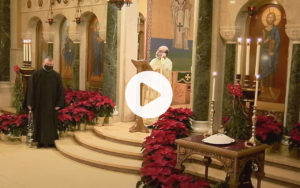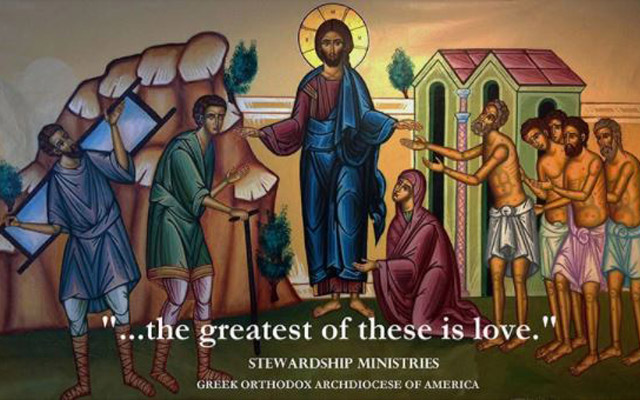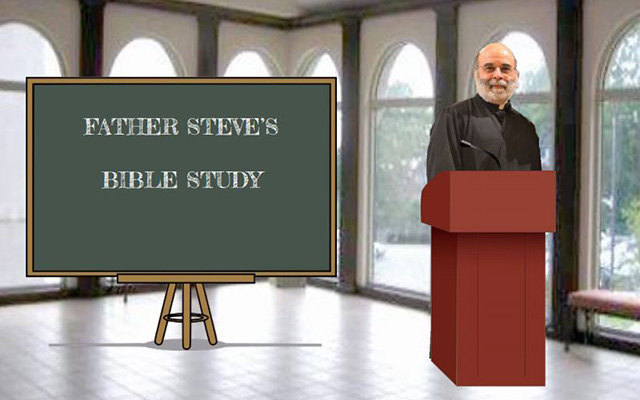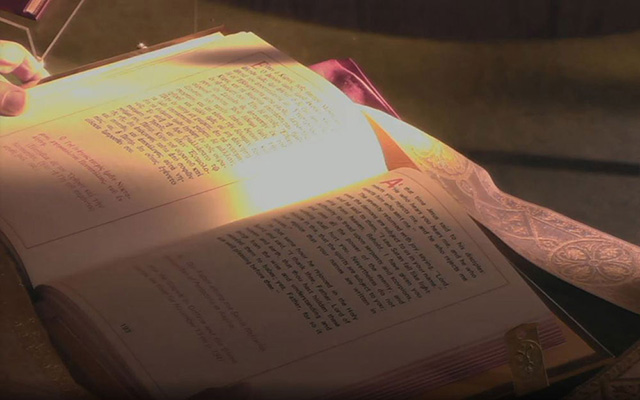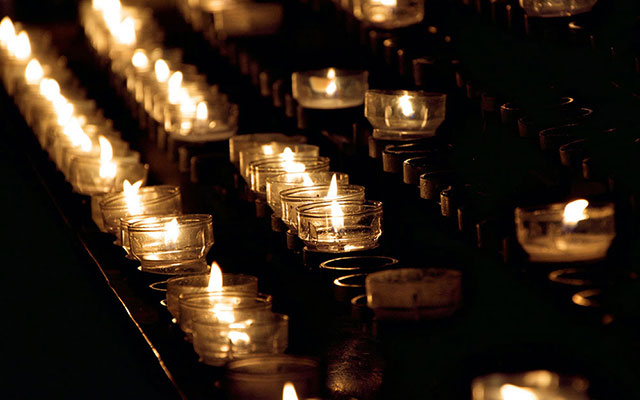Remembering Our Veterans
By the Reverend Andrew J Demotses President Harry Truman was the object of an assassination attempt in which two secret service agents were killed while protecting him. In recounting the experience of that terrible day, Mr. Truman said, “You can’t imagine how a man feels when someone else dies for him.” The Old Testament recounts the story in which a similar feeling caused David to worship God. When he had expressed a longing to drink


